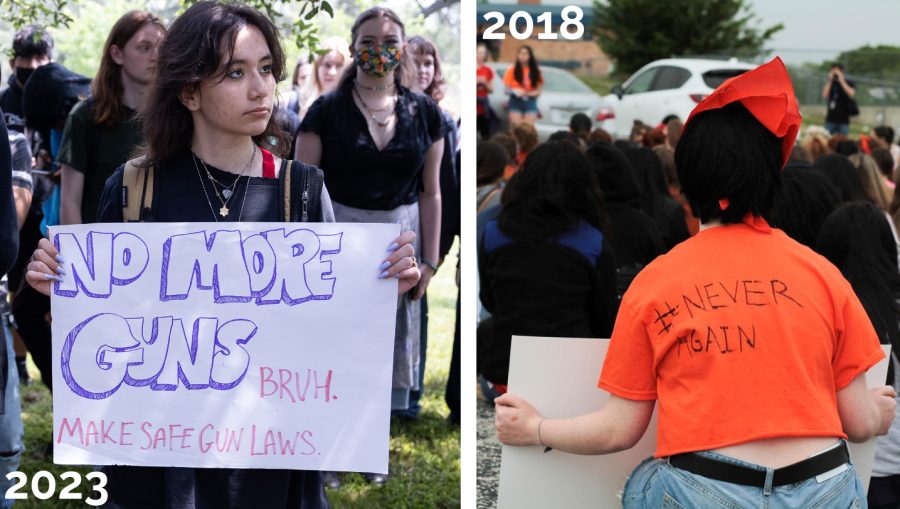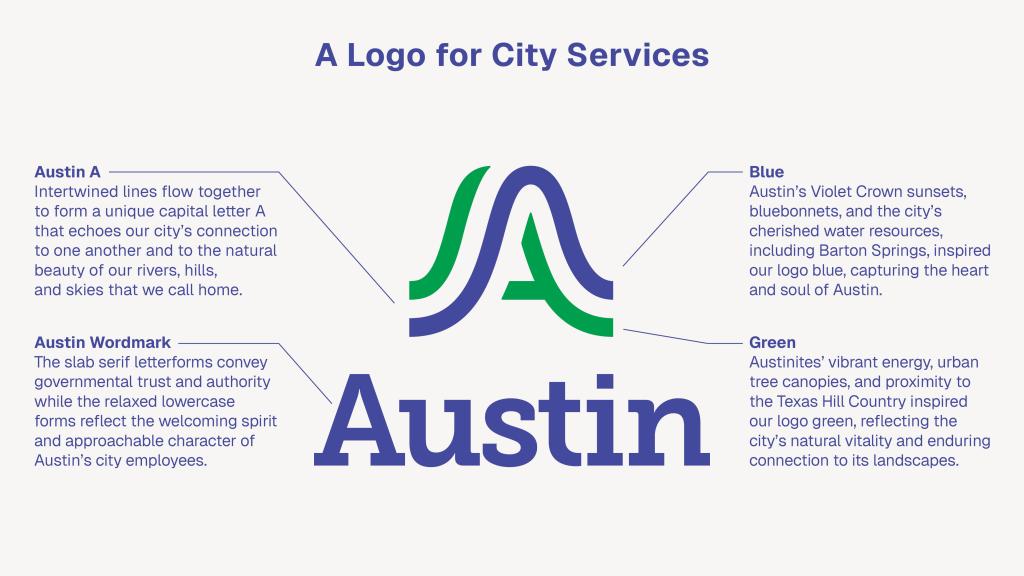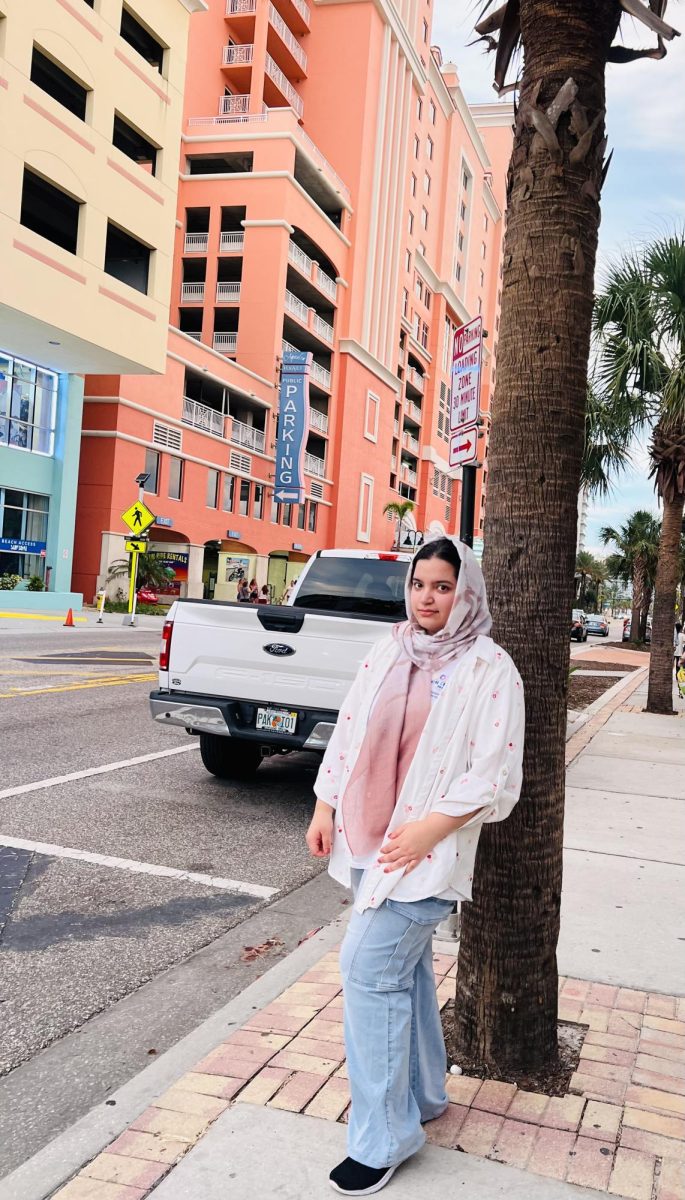
RIGHT: Students listen as class of 2018 senior Isabel Lerman reads a list of student demands to make schools safer. Photo by Ian Clennan. (Gergő Major and Ian Clennan)
In 2018, McCallum students held a walkout to protest school shootings following the massacre at Marjory Stoneman Douglas High School in Parkland, Fla. McCallum students hoisted signs that read ‘never again’ and called upon the country to make change.
That was five years ago.
There have been 169 school shootings in America since then, according to the Washington Post. Just last Wednesday was the one-year anniversary of the Ulvalde shooting that killed 19 children and two adults.
Two weeks ago, McCallum students held another walkout to protest school shootings. The event, organized as part of Students Demand Action’s statewide protest, made similar calls to action as McCallum’s 2018 walkout, so the question arises: If we’re protesting the same thing we were protesting five years ago, why has nothing changed?
The 2018 walkout started a conversation at McCallum about school shootings. But how many students were so motivated by the dialogue that they went home and joined anti-gun violence volunteer groups? Or wrote letters to legislators about their concerns? Or raised funds to support families affected by school shootings?
The issue with walkouts is not that they disrupt the learning environment, but that they provide few, if any resources for students to continue making change outside of bringing awareness to the school community. And with such a widespread national issue like gun violence in schools, most educators are already painfully aware of the subject. There is little that our school or Principal Griffith can do to solve an epidemic that is plaguing the entire country.
So if we students want to see real progress, there is more that needs to be done.
Continued activism can be as simple as getting a more rounded education on important and divisive issues to achieve a better understanding of the cause’s nuances.
There are many organizations that support the causes that students advocate for with walkouts. Support towards those organizations puts resources into the hands of groups that may have more visibility than students when it comes to making change.
Most local, state or national legislators have some forum for citizens to share their opinions and express their desire for change. Students can take advantage of these invitations to comment through organized letter-writing campaigns, which show elected officials what their constituents care about.
Think of what could happen if the number of students who attended walkouts at school also wrote a letter to their legislators. It would have the same effect of bringing awareness to the cause, except it would also bring awareness to people who can make change.
Of course, this is not to say that walkouts are useless. Some McCallum walkouts have a history of success. The student-organized walkout in November of 2021 against the administration’s handling of sexual assault cases not only gathered hundreds of attendees it also led to actual change on campus.
After the event, the school saw the formation of KASA, or Knights Against Sexual Assault, a student group that has been working in tandem with Principal Griffith to raise awareness about the issue. Last spring, the group brought in speakers from SAFE Austin to give a presentation to all McCallum students about consent, better arming students with the language they need to address issues of sexual assault.
The key difference with the November 2021 walkout was that it called for action from the school, not the state or the country. It addressed an issue specific to our school — an issue that once administrators were made aware of, they worked to support students and address their concerns.
With the issues that are bigger than the school, however, those that are beyond the power of local administrators, students must look for alternative ways to make change and have their voices heard on the state or national stage.






